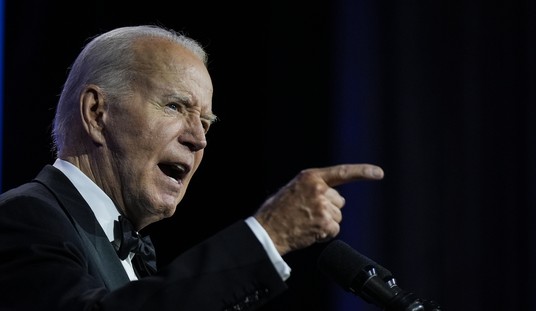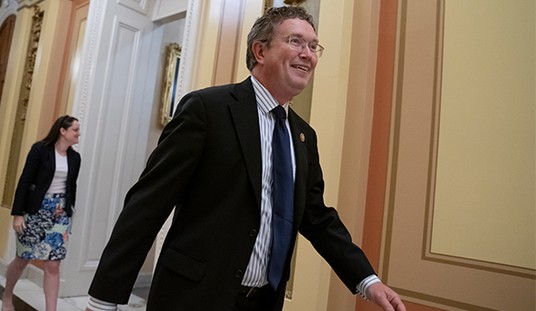Remember how Dodd-Frank was going to protect us from another taxpayer bailout of TBTF banks? Stefan Nagel at Bloomberg says — you guessed it — the problem is worse than you think:
Problem is, too-big-to-fail status is an asset in itself. If equity investors expect to benefit from government bailouts in the future, they will place a higher value on the bank’s stock today. As a result, the measured distance to default will also be greater, and the bank’s counterfactual cost of borrowing — along with the estimate of its taxpayer subsidy — will be erroneously low.
A second problem arises from the unique nature of banks’ investments. Standard models assume that the risk of a company’s assets is symmetric: Their value is just as likely to double as it is to be cut in half. Big banks, however, have a peculiar set of positions — loans, mortgage-backed securities, derivative contracts — that have limited potential to rise in value but can entail large losses or even turn into big liabilities in a severe crisis. As a result, the banks’ distance to default can be much smaller than the models would suggest.
Again, this means that the models would underestimate both the banks’ proper borrowing costs and the implicit subsidy they receive from taxpayers. The error is compounded if the models focus only on data from quiet periods, during which the tiny fluctuations in the value of a bank’s assets would make a large loss seem extremely improbable.
Wall Street and Washington learned much from the last crisis — mostly in terms of how to cover their tracks.










Join the conversation as a VIP Member